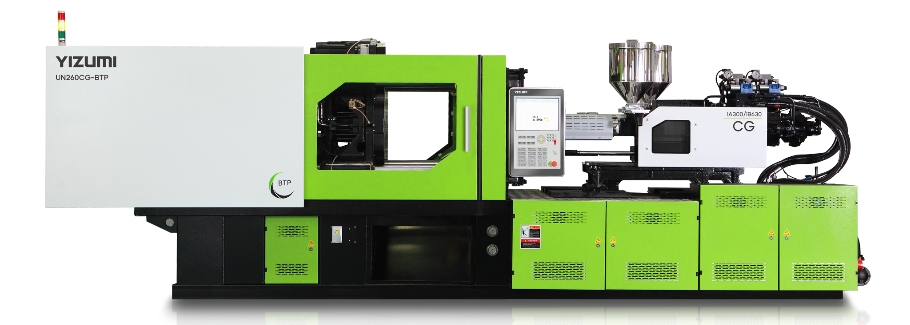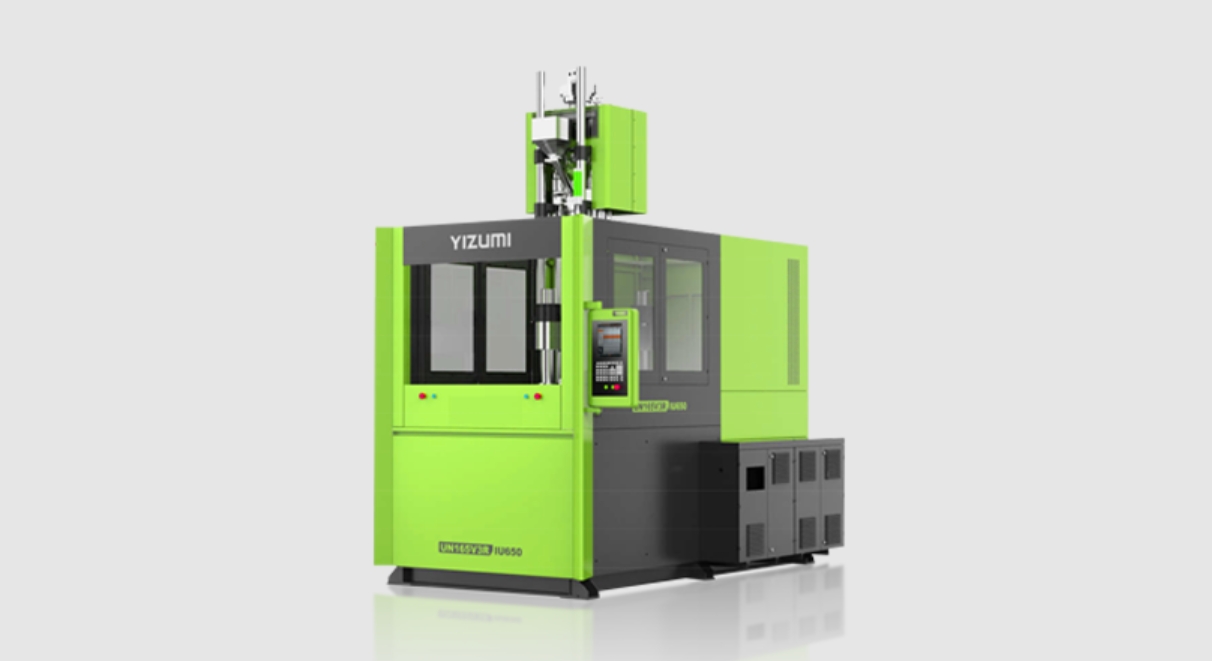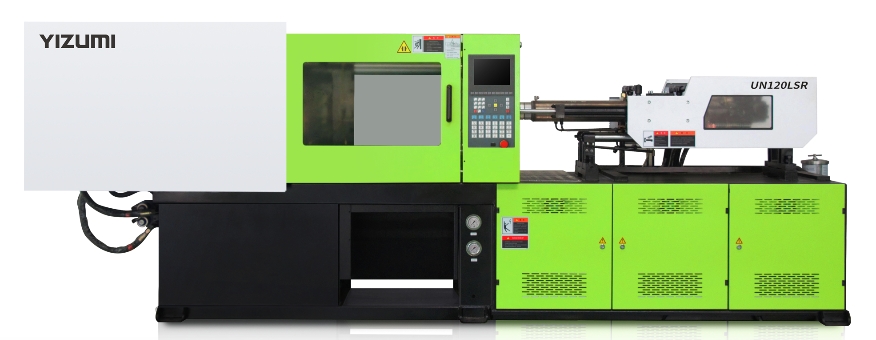Understanding and Overcoming Challenges in Polycarbonate Injection Molding
Abstract:
Despite its advantageous properties, polycarbonate injection molding comes with its own set of challenges.
Polycarbonate injection molding is a sophisticated process that presents unique challenges for manufacturers. With its outstanding strength, impact resistance, and transparency, polycarbonate has become a preferred material in industries ranging from automotive to medical devices. However, to achieve optimal results, manufacturers must navigate the intricacies of molding this versatile material. This article aims to provide insights into material selection, machine settings, mold design, and operational best practices specifically for polycarbonate molding. A focus on the YIZUMI C Series multi-component injection molding machine will illustrate how advanced technology can enhance efficiency and quality in production.

Material Selection and Preparation
Selecting the right materials is crucial for successful polycarbonate injection molding. Polycarbonate is known for its durability and optical clarity, making it ideal for various applications, including eyewear lenses, safety equipment, and automotive components. However, its properties can be affected by moisture and contamination, which can lead to defects in the final product.
To ensure optimal performance, it is essential to dry the resin before processing. Typically, polycarbonate should be dried at 80-100°C for at least four hours, depending on its moisture content. This step not only improves the flow characteristics but also helps to maintain the transparency and strength of the finished part.
Incorporating YIZUMI's expertise in injection molding equipment, manufacturers can ensure that their machines are designed to handle polycarbonate effectively. The C Series machine, with its advanced features, is tailored for versatility and performance, accommodating the unique requirements of polycarbonate and other materials.

Machine Settings and Operation
Once the materials are prepared, setting up the injection molding machine correctly is vital for success. The YIZUMI C Series features a high-rigidity T-slot platen that increases clamping unit stability by 30%. This stability is critical when working with polycarbonate, as it reduces the risk of deformation during the molding process.
Operators should focus on several critical settings, including injection speed, pressure, and temperature, to align with the specific requirements of polycarbonate. For instance, the injection speed should be set to allow for the smooth flow of material into the mold, while the injection pressure must be sufficient to fill the mold without causing defects such as short shots or overpacking.
The KEBA2980 control system in the C Series allows for precise adjustments, ensuring consistent and accurate operation. By utilizing advanced algorithms for closed-loop control, manufacturers can achieve tighter tolerances and higher quality in our products.
Mold Design and Setup
The design and setup of the mold for injection molding machines are significant factors that influence the quality of the final product. Polycarbonate requires molds that can withstand high temperatures and pressures without compromising integrity.
When designing a mold for polycarbonate, considerations such as gate location, venting, and cooling channels must be carefully addressed. Proper gate placement ensures that the material flows evenly into the mold, while adequate venting prevents air traps that can lead to defects. Furthermore, efficient cooling is crucial to maintain the cycle time and avoid warping.
YIZUMI’s C Series machine supports advanced mold design features, including adjustable nozzle center distances and digital closed-loop positioning control technology. These features ensure that the mold setup is optimized for the best flow characteristics and minimal defects, critical for producing high-quality polycarbonate parts.
Operational Best Practices
To achieve efficiency and high output with polycarbonate injection molding, manufacturers should implement best practices during operation. Regular monitoring of the molding process is essential to identify any potential issues early.

Utilizing YIZUMI’s C Series, operators can benefit from real-time data analytics, enabling them to make informed decisions quickly. This proactive approach to monitoring can help reduce downtime and enhance overall productivity. Additionally, implementing a routine for regular maintenance of the machine can prevent unexpected failures and ensure longevity.
Training operators on the specific characteristics of polycarbonate, including its processing temperature and cooling requirements, can significantly improve production outcomes. A well-informed workforce is crucial for optimizing machine performance and product quality.
Settings Examples for the C Series Multi-Component Injection Molding Machine
When utilizing the YIZUMI C Series for polycarbonate injection molding, specific settings can significantly impact production quality. For example:
Injection Speed: Setting the injection speed between 60-100 mm/s is optimal for the flow of polycarbonate. Faster speeds can lead to issues such as increased pressure drops and potential defects.
Temperature Control: Maintaining barrel temperatures around 250-270°C is essential for proper melting and flow characteristics. A consistent temperature ensures the material is adequately melted and can fill the mold effectively.
Clamping Force: Depending on the part size, clamping forces ranging from 1,600 to 4,800 kN can effectively accommodate various mold designs. Proper clamping force is critical to prevent flash and ensure dimensional accuracy.
Cooling Time: Adjusting the cooling time based on part thickness and complexity can enhance cycle time and reduce defects. Typically, a cooling time of 10-30 seconds is standard for polycarbonate, but this may vary.
These settings can be adjusted based on the specific requirements of each polycarbonate part, maximizing efficiency and minimizing waste.
Conclusion
Polycarbonate injection molding can be a complex process, presenting various challenges that require specialized knowledge and high-quality equipment to overcome effectively. One innovative solution in this field is YIZUMI's C Series multi-component injection molding machine, which is designed to tackle these challenges head-on. This advanced machinery incorporates state-of-the-art features that enhance precision, control, and efficiency during the molding process.
With its ability to handle multiple components simultaneously, the C Series machine allows manufacturers to create intricate and high-quality parts that meet the stringent demands of modern applications. Its advanced technology not only improves production efficiency but also ensures that the end products exhibit superior strength and clarity, essential properties of polycarbonate materials. By investing in such sophisticated equipment, manufacturers can streamline their production processes, reduce waste, and ultimately achieve a competitive edge in the market. In summary, the YIZUMI C Series multi-component injection molding machine is a powerful ally for manufacturers looking to navigate the complexities of polycarbonate injection molding, enabling them to produce high-quality parts with greater efficiency and reliability.
By focusing on material selection, machine settings, mold design, and operational best practices, companies can enhance their injection molding processes. The integration of YIZUMI's technology not only optimizes production but also ensures that manufacturers stay competitive in an ever-evolving market.
For those looking to delve deeper into the complexities of injection molding or seeking comprehensive solutions, YIZUMI stands out as a reliable partner. With our advanced machines and dedication to quality, they provide the tools necessary for success in polycarbonate injection molding and beyond.





